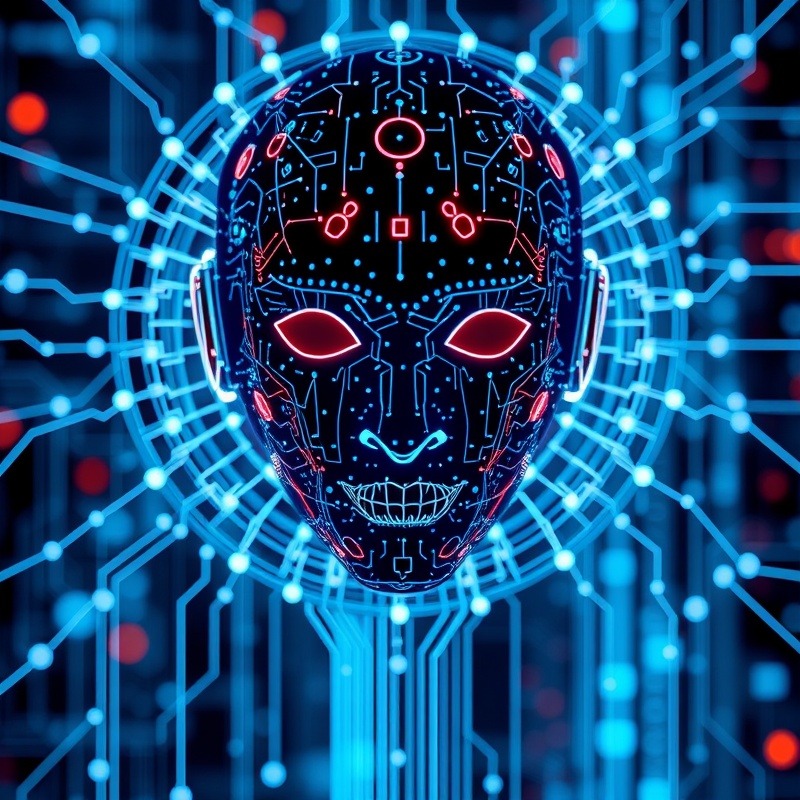
The Challenge of AI Detection False Positives
The widespread use of Artificial Intelligence (AI) in recent years presents an intriguing paradox. While AI offers incredible efficiency and innovation in digital interactions, it also introduces complexities in detecting content authenticity. This article explores AI Detection False Positives, a crucial concern in today’s AI-driven world.
Understanding AI Detection and Its Value
AI detectors, such as those used on platforms like ChatGPT and GPT-4, empower users by identifying AI-generated content. This technology is indispensable in discerning the authenticity of information consumed online. With a rise in AI content creation, AI detection tools are invaluable for maintaining credibility and ensuring an informed digital ecosystem. The challenge, however, lies in the occurrence of false positives, where genuine human-created content is mistakenly flagged as AI-generated. This misclassification risks undermining content creators' credibility and hampers informed decision-making.
Impacts of AI Detection False Positives on Digital Integrity
False positives in AI detection not only mislead the individuals monitoring content but also compromise the integrity of digital platforms. As AI tools assimilate diverse sources to generate responses, discrepancies among original sources can lead to inaccurate AI outputs. Users often rely on AI-generated answers without validating original references, potentially perpetuating misinformation. This underscores the importance of advancing AI detection accuracy and allowing users to make informed decisions.
Future Predictions for AI and Content Authenticity
Looking ahead, AI will continue to evolve, further intertwining with how we interact with information. The future of AI detection holds potential for enhancements that can precisely differentiate human and AI-generated content, minimizing the incidence of false positives. As AI technologies mature, the focus will shift towards refining detectors and establishing comprehensive standards that prioritize content accuracy and reliability.
Practical Tips for Avoiding AI Detection False Positives
Given the complexities of AI detection, individuals and businesses can take proactive steps to reduce false positives. First, employ AI models that are fine-tuned for specific content types, which can increase detection precision. Secondly, conducting regular audits and cross-verification with human editors can ensure that AI-generated content aligns with factual accuracy and relevance. These strategies can safeguard against the pitfalls of false positives, preserving the digital integrity of information presented online.
 Add Row
Add Row  Add
Add 




Write A Comment